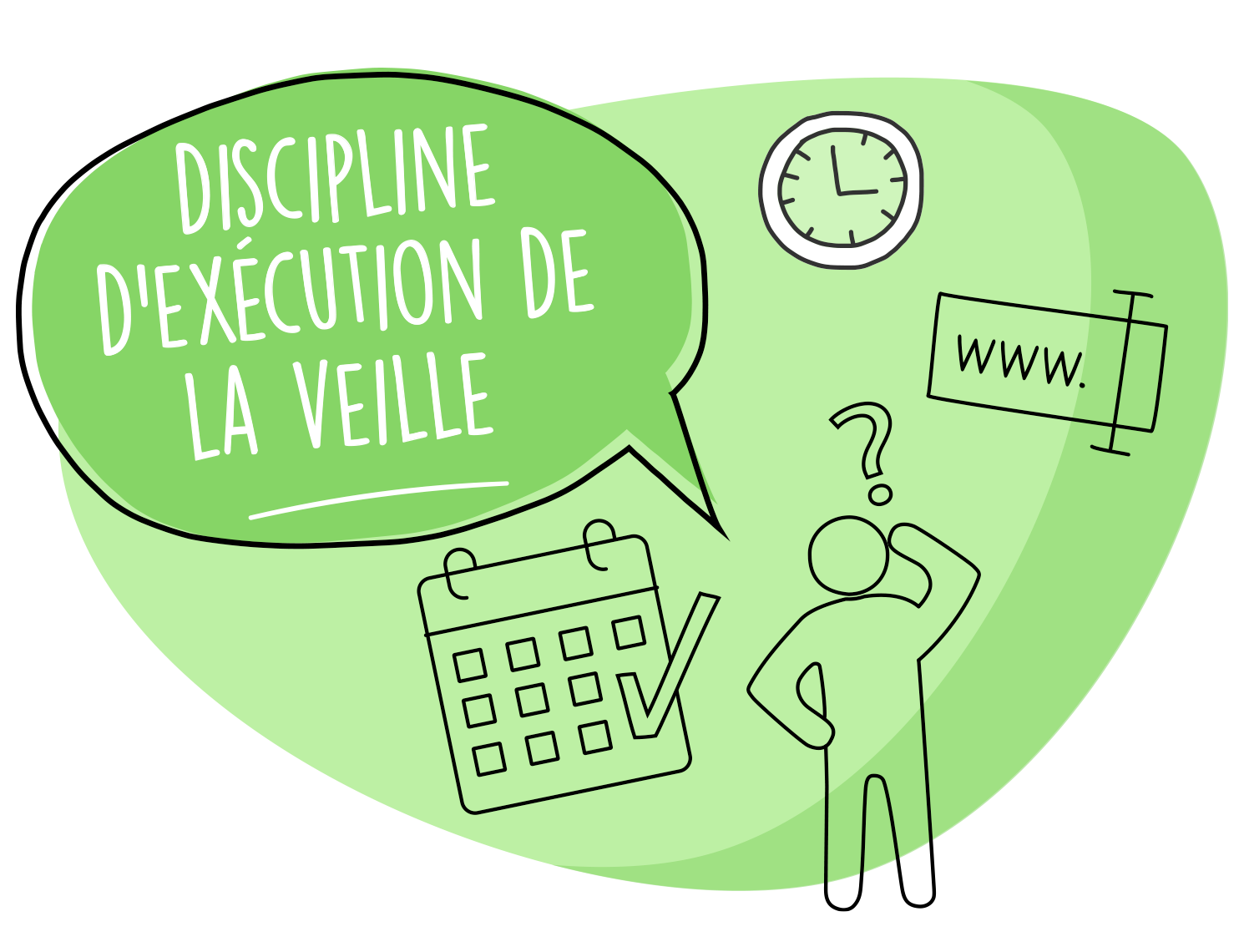Watchers, no matter how good they are, sometimes run the risk of losing control of their content and tools in the course of their activities. Here are a few things you can do to maintain vigilance and be effective over time when it comes to monitoring.
Étalez-votre-activité-de-veille-durant-votre-semaine-de-travail
- By definition, watch activity must be constant and take place over a set period of time.
- Concretely, you can start your week by carrying out your weak signal identification/collection activity and continue a few days later with curation activities and preparation for the distribution of watch bulletins.
Regularly validate the quality of your sources
- Any source of news/data is bound to dry up or lose its relevance.
- Every week, it's worth reviewing whether a trade magazine or blog is losing its substance. In this case, it's also important to save some time to identify new sources.
Employ expressions and keywords outside aggregators
- Any automated monitoring system can miss out on some interesting data. While very useful, the best alerts can't capture everything all the time.
- From your favorite search engines, don't hesitate to test a few keywords and phrases to see if weak signals can't be identified.
Check-engage-your-readership
- Following the dispatch of a few watch bulletins, it's possible to validate whether they've been opened, and also to see whether any curated information/data has been particularly appreciated.
- Also, it's important to regularly exchange with your readership in order to identify avenues for improvement and to see if certain sections of your newsletters are outdated in relation to their informational priorities.
Test-new-tools
- Monitoring monitoring is also a must. Just like sources, watch tools also have an expiration date.
- Each month, it's important to test out new solutions and/or databases that can facilitate and enrich your work as a watchdog over time.

By
Guillaume Cariou
December 7, 2024
December 7, 2024
